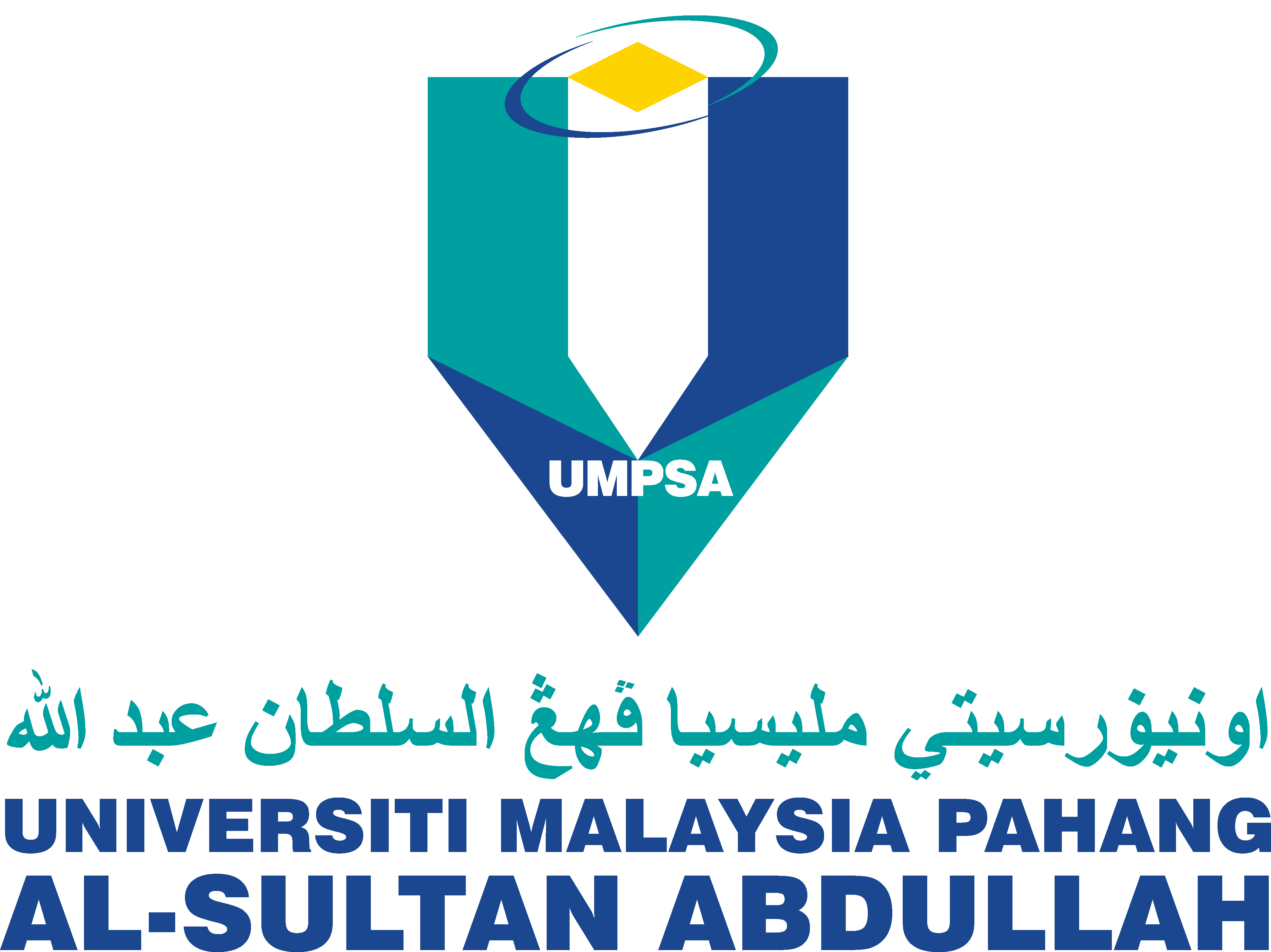Designing the Re-layout Finished Goods Warehouse through the Simulation Method
DOI:
https://doi.org/10.15282/ijim.10.1.2021.6052Keywords:
Warehouse, Warehouse management, Layout design, Racking system, Anylogic Simulation SoftwareAbstract
The demand for gloves is increasing currently and mostly used in health facilities such as hospitals and clinics. Furthermore, laboratory facilities such as in university and schools also use gloves to handle equipment in the laboratory. Since pandemic Covid-19, personal hygiene emerged as the main concerned. Hence, not only the person who works in health facilities and laboratory, everyone used gloves, especially in the public place. Consequently, gloves demand is increasing tremendously. However, the manufacturer who produces gloves is suffering insufficient capacity in the goods warehouse due to a large number of production output. In this regard, this paper aims to improve one of the finished goods warehouse capacity that highly affected by the sudden increase in demand. An improvement of finished goods warehouse layout was developed by using a simulation tool to solve the lack of available space. It is found that the proposed layout can be fully utilized in the warehouse, thus increase the warehouse capacity efficiently.
References
T. Zakirah, R. Emeraldi, O. M. Handi, D. Danil, and T. P. Kasih (2018), “Warehouse layout and workflow designing at PT. PMS using systematic layout planning method,” IOP Conf. Ser. Earth Environ. Sci., vol. 195, no. 1, doi: 10.1088/1755-1315/195/1/012026.
O. Stopka and V. Ľupták (2018), “Optimization of warehouse management in the specific assembly and distribution company: A case study,” Nase More, vol. 65, no. 4 Special issue, pp. 266–269, doi: 10.17818/NM/2018/4SI.19.
Y. Huang (2019), “The Principles and Objectives of Logistics Enterprise Warehouse Layout and Its Layout Mode and Design -- Taking Ordinary Warehouse Layout Plan as an Example,” vol. 375, no. 1, pp. 1–8, doi: 10.2991/ssmi-19.2019.1.



